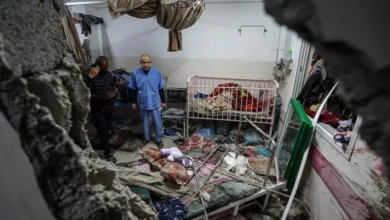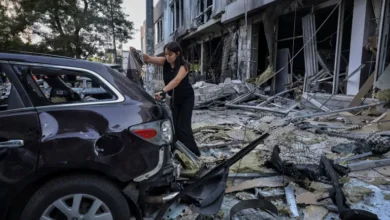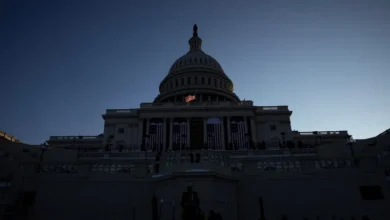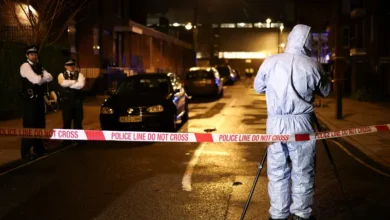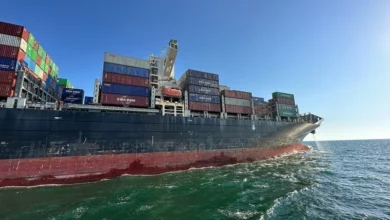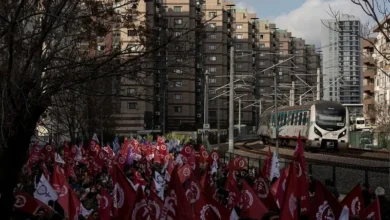68 mishaps in as many years: Why is Nepal prone to air disasters?
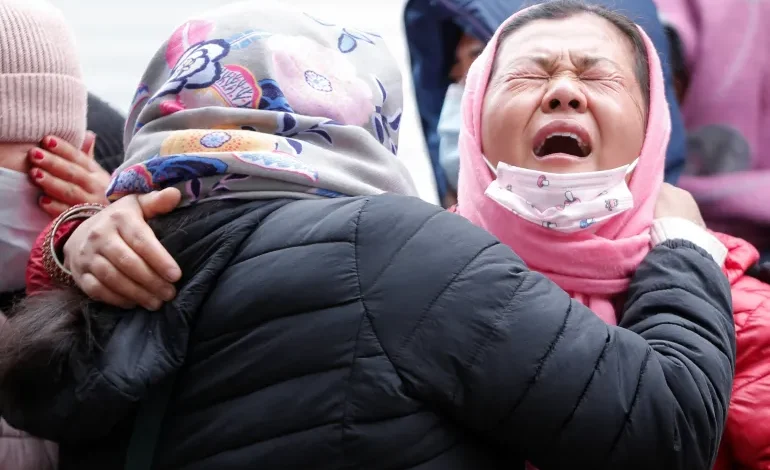
Commercial flights are considered one of the safest modes of transport around the world, but not so much in Nepal.
The Civil Aviation Authority of Nepal (CAAN) has recorded at least 68 aeroplane accidents in the country since 1955 – 44 of them deadly, including Sunday’s crash of a Yeti Airlines passenger plane that killed all 72 people on board.
The latest tragedy has reignited debates around air travel safety in the Himalayan nation, home to some of the world’s highest mountain peaks, including Mount Everest, and hugely popular with foreign tourists, mountaineers and skiers.
Al Jazeera details three main reasons why Nepal’s skies are prone to aviation disasters that have killed more than 900 people since 1955.
Weather and terrain
Scenic Nepal is home to treacherous terrains and unpredictable weather, especially during the monsoons. That is why Nepal’s aviation largely depends on a limited type of aircraft such as Twin Otters, Let-L 410s and Dorniers.
Such planes need shorter takeoff and landing (STOL) airfields in high-terrain areas, as opposed to the so-called trunk sector – the region with better airports where bigger planes can fly.
“The unpredictable weather changes in the high terrains between takeoff and landing is the reason for most accidents. In these routes, most domestic flights use visual flight rules (VFR) in which the pilot controls and navigates the plane using visual references from outside,” aviation expert Sanjeev Gautam told Al Jazeera.
A senior pilot of national carrier Nepal Airlines said the “high terrains are difficult and on top of that we lack good equipment and facilities”.
“We need ground equipment as well as a better-equipped aircraft with newer technology in the STOL sector,” he said on condition of anonymity.
“Following VFR rules accurately is not possible in our weather conditions. For example, the rules say not to enter the clouds but sometimes it is impossible to avoid them. Hence pilots take the risks of breaking the rules,” he added.
Ageing aircraft
Aviation experts say commercial aircraft never get to a point where they are not fit to fly and still in operation.
“Aircraft do not age as we think. Of course they get old if we consider their manufacturing date. But since the parts are replaced quite often, they remain functional for many years,” Gautam told Al Jazeera.
“But we must understand, the older the aircraft, the higher the maintenance cost. It’s like any other machinery,” he said.
Most of the aircraft operating in Nepal are not brand new. They cost a lot and flying them may not be viable in an economically backward nation.
“We have to opt to buy used aircraft because we cannot maintain the same ticket prices if investment is done in a new aircraft,” Sudarshan Bartaula, spokesman at Yeti Airlines, told Al Jazeera.
Manufacturers say the parts of an aircraft should be routinely replaced at certified maintenance outlets.
Before an aircraft is bought, a standard process of “type certification” is carried out by the civil aviation authorities such as the European Union Aviation Safety Agency (EASA), Federal Aviation Administration (FAA) or any contracting state authority before it receives a certificate of airworthiness for operations.
The 15-year-old Yeti ATR 72-500, which crashed in clear weather in the tourist town of Pokhara on Sunday, had also undergone this rigorous process before obtaining permission to fly in Nepal.
“It was a sophisticated model very suitable for Nepal, but we do not know what went wrong,” spokesman Bartaula said.
“It’s not that that aircraft was old, there are much older aircraft flying in Nepalese skies.”
Bureaucracy
The United Nations-controlled International Civil Aviation Organization (ICAO) has recommended that Nepal should unbundle the CAAN and separate it from carrying out two duties: of a regulator as well as a service provider.
ICAO says such a situation is conflicting. This dichotomy is also said to be one of the main reasons behind the EU blacklisting Nepali aircraft flying into its territory since 2013.The split of these two CAAN duties is what Nepalese pilots, operators and experts claim is crucial to the reforms required in the country’s aviation sector.
“We have to have strict enforcement. The fines for breaching aviation rules are peanuts, no one has been charged, not one licence has been revoked. It’s high time we ensure these into our industry so there is no malpractice,” he told Al Jazeera.
Experts also feel the pilots in Nepal require more and proper training.
“At the end, everyone points to pilot error during accidents. But the preamble to that is the operator who should ensure adequate training to get quality pilots,” said the Nepal Airlines pilot.
Gautam thinks merely putting the blame on pilots does not solve the problem.
“It is important to understand that operators hire the pilot and these operators are overseen by CAAN authorising their licences. So when we find faults in a pilot, we should know the fault is in the entire system where everyone is connected.”

